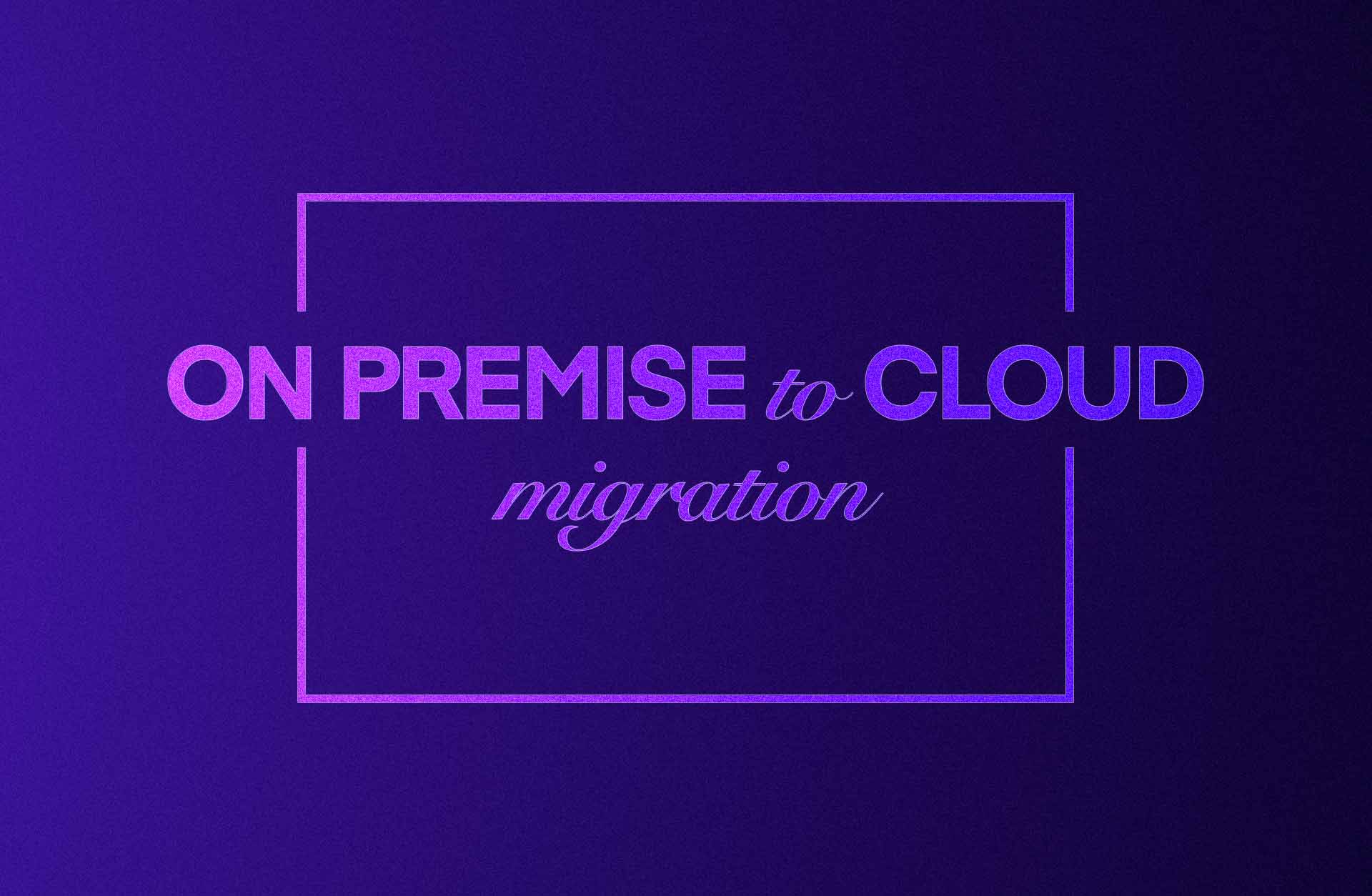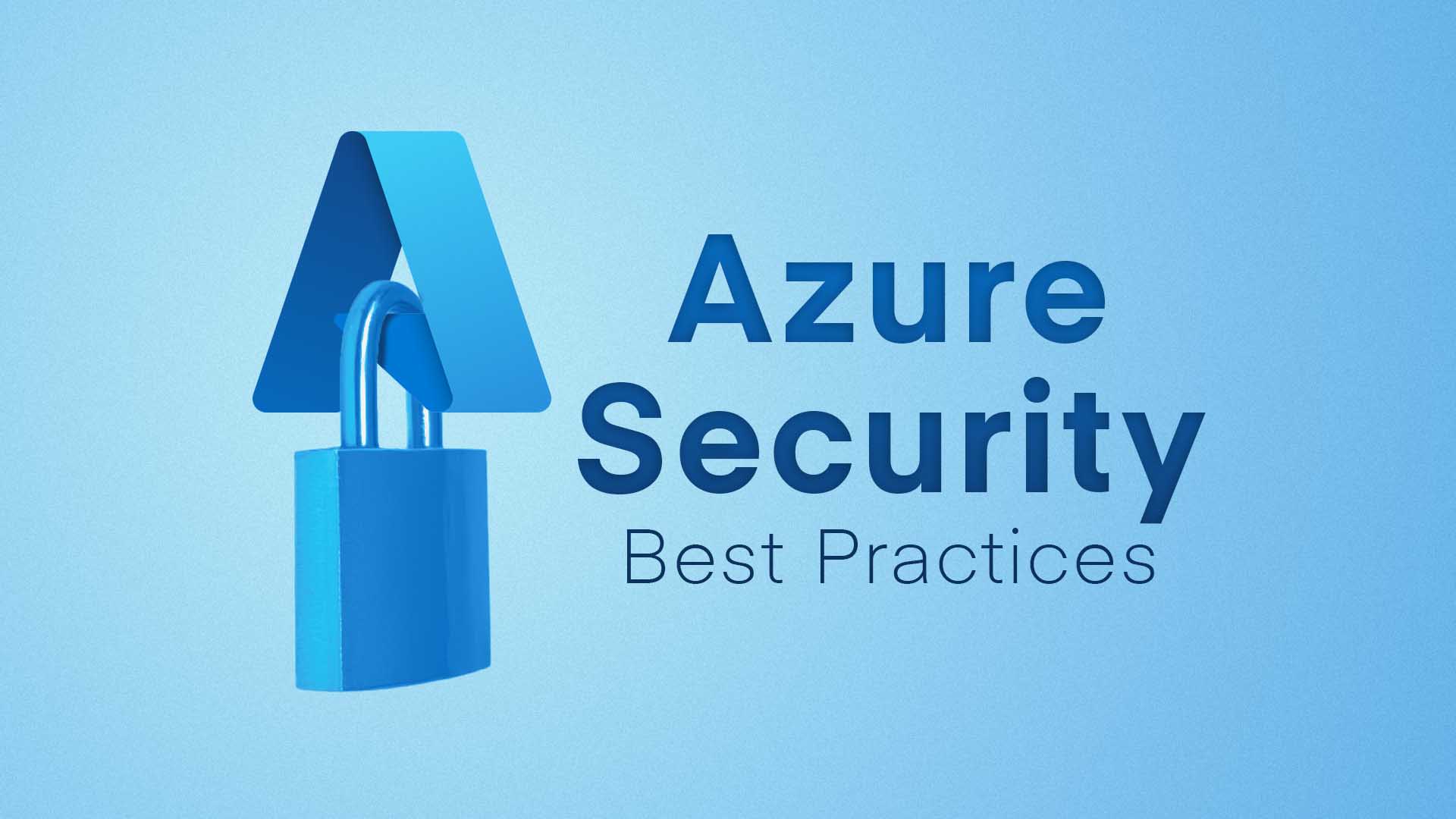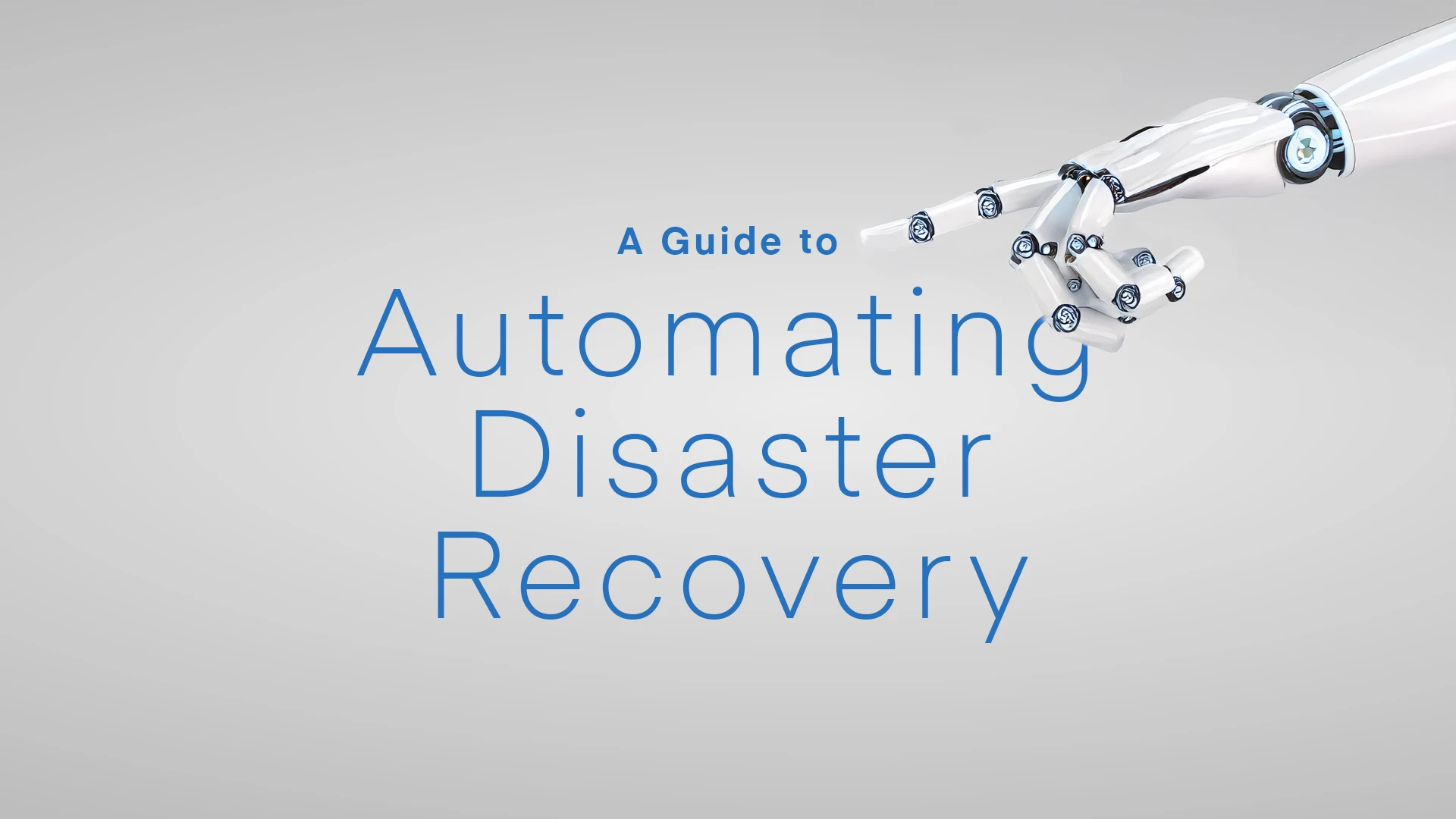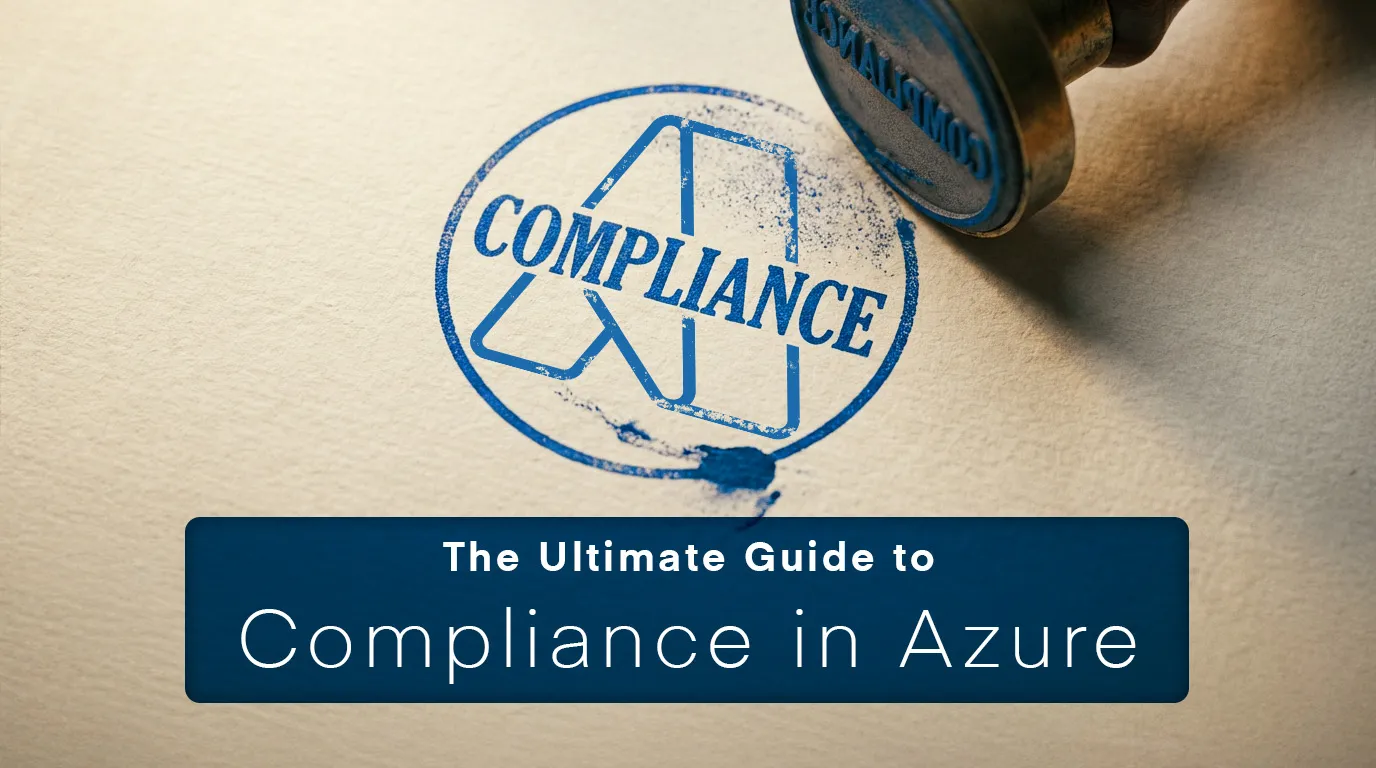To decide which one of those R’s will be best for you, you’ll first want to take stock of your current situation.
This discovery phase often takes a while, but it’s time well spent.
Start with a complete infrastructure inventory. Not just servers and storage, but network configurations, firewall rules, load balancers, and all those forgotten systems that somehow keep running. Document dependencies between systems. That ancient server in the corner might be running a critical authentication service that three other apps depend on.
Application assessment goes beyond just listing your apps. Which ones are business-critical? What are their performance requirements? Some applications might have hard-coded IP addresses or local file dependencies that need addressing before migration. Others might have licensing restrictions that affect where they can run.
Don’t forget about data classification. Where does sensitive data live? What are your compliance requirements? GDPR, financial regulations, or industry-specific requirements might dictate where data can reside and how it needs to be protected.
Skills gap analysis can be a pain, but it is necessary. Moving to the cloud needs different skills than managing on-prem infrastructure. Your VMware expert might need training on Azure Virtual Network. Or your database admin needs to understand managed database services. Plan for this training early.
Total cost of ownership calculations help build the business case. Remember to factor in not just the cloud costs, but reduced hardware maintenance, power and cooling savings, and the opportunity cost of your team’s time. Also think about migration costs themselves: tools, training, potential downtime, and possibly consultant fees.





